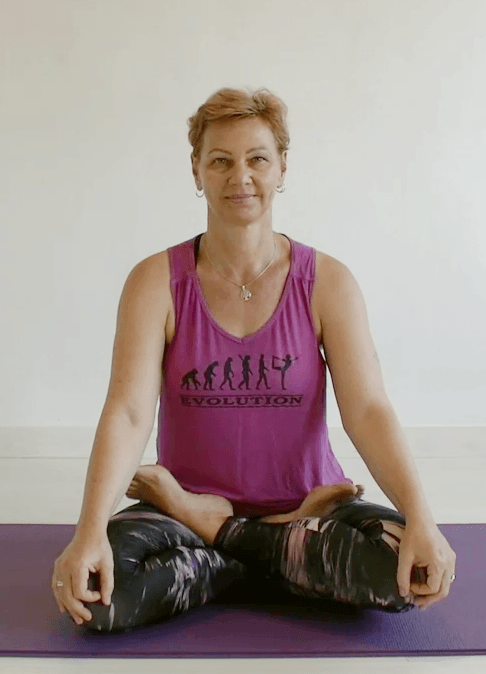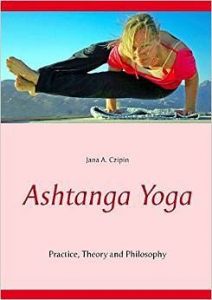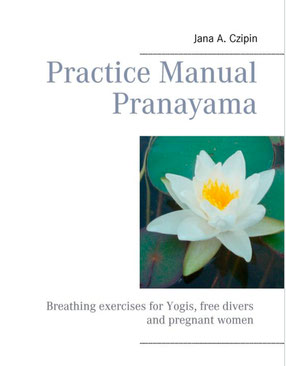Jana A. Czipin is from Austria and has been living in Valencia since 2012. She trained yoga teachers in Mysore, India. Mandala Shala 2005 and began teaching yoga the same year. In 2008 she did a yoga therapy course at KYM in Chennai, India and two years later a training of Ashtanga Yoga teachers with David Svenson. In 2015, she had the opportunity to attend a workshop with Manu Jois in Paris. She has also written two books, one on Ashtanga Yoga and another on Pranayama, these books are available in English and in German.

Activities
- Friday 7th, from 9h. to 10:45h., in the Sala Turia.
Ashtanga Yoga, Master Class: Tristana. This means, three points of attention or action: Ujjayi respiration, Bandhas and focal points (Dristhi). These three are very important in the practice of yoga, and cover three levels of purification: the body, the nervous system and the mind.
The Ujjayi Breathing is used during the whole of the Asthanga Yoga practice. This produces heat. It is said that this heat burns all the toxins of the body and mind. This allows you to have more resistance during practice and you will certainly need it. It basically consists of inhaling and exhaling through the nose, and while exhaling making noise with the back of the throat.
Bandha means blockage or seal, but the result of activating a bandha is to let out the hidden energy of the vital force and then move and direct this pranic current from its internal origin in order to be incorporated into the network of 72,000 nadis (channels of energy) of the subtle body.
Dristhi literally means “perception.” Dristhi is the specific point to look at when we practice Yoga. Looking at the Dristhi we focus the mind, and we bring the concentration inwards.
In the master class we practice Tristana with parts of the 1st series of Ashtanga. - Sunday 9th, from 9h. a 10:25h., in the Sala Turia.
Ashtanga Yoga: it is a dynamic form of yoga that considers a flexible and healthy body as the basis for spiritual development; what you get with dynamic exercises (asanas), breathing techniques (pranayama) and meditation. It differs from other forms of yoga by the use of vinyasa (synchronization of breathing with movement), of breathing ujjayi (a pranayama), of bands (energetic closures) and of dristis (looks) in combination with asanas practice (postures). These elements help the practitioner to concentrate and increase energy throughout the practice.

